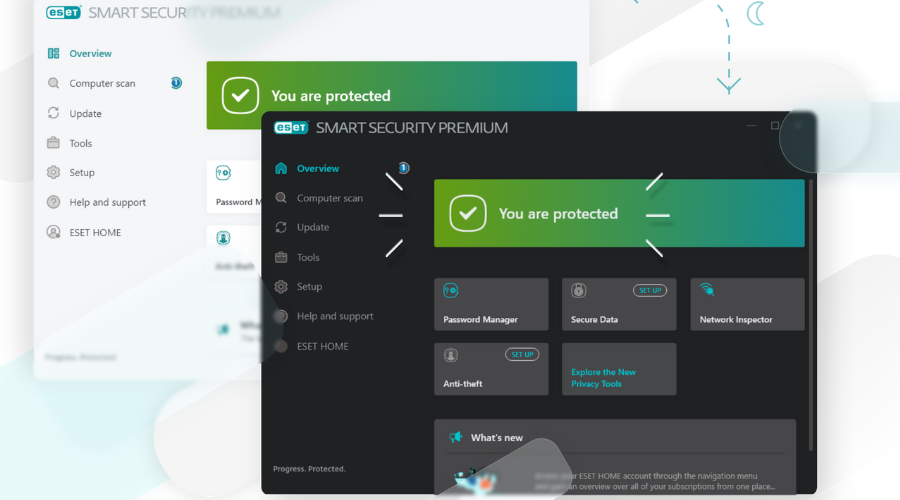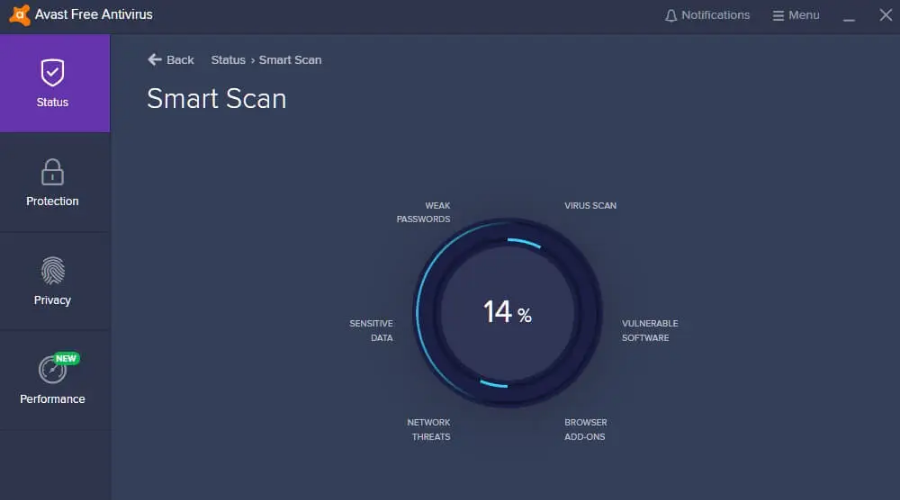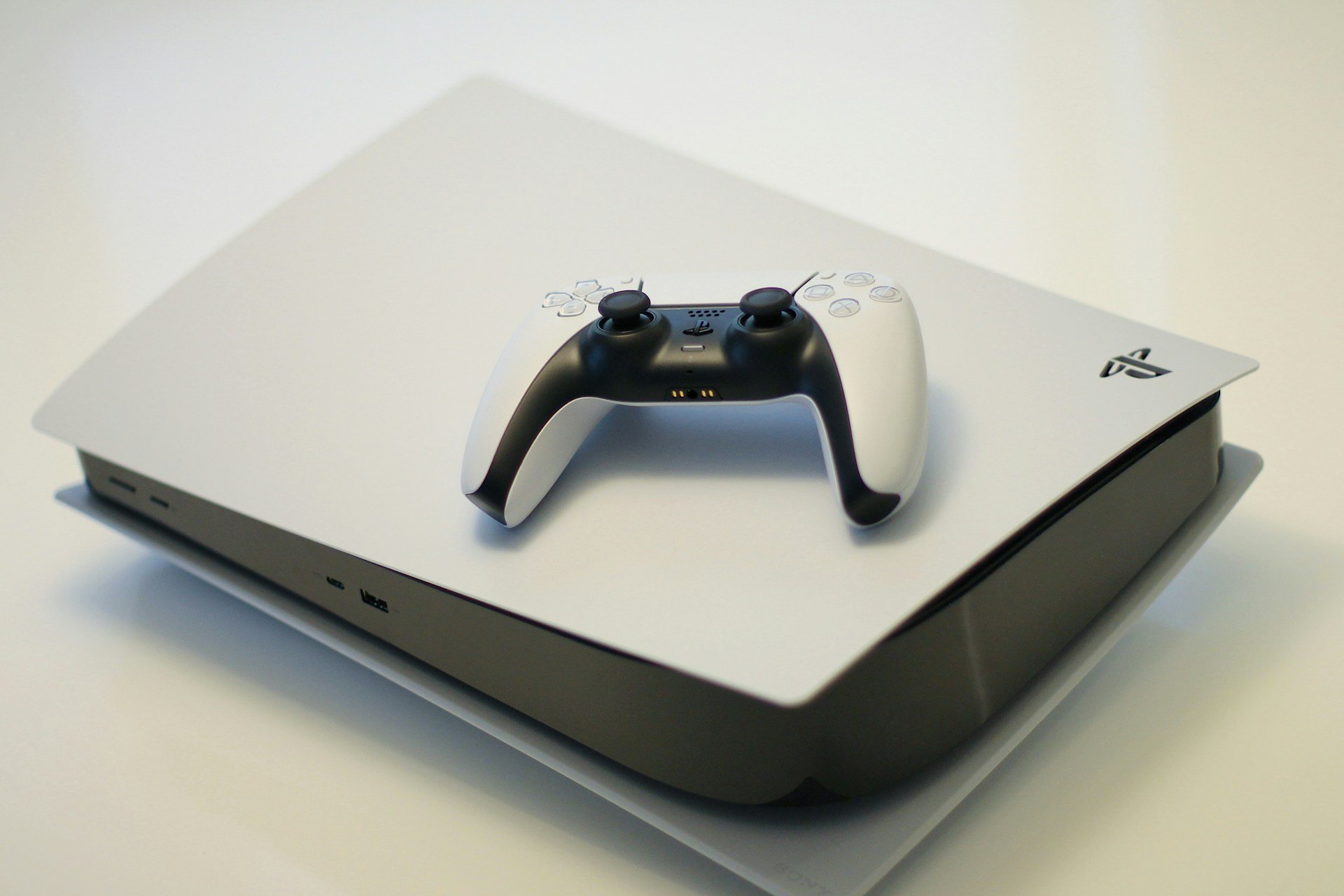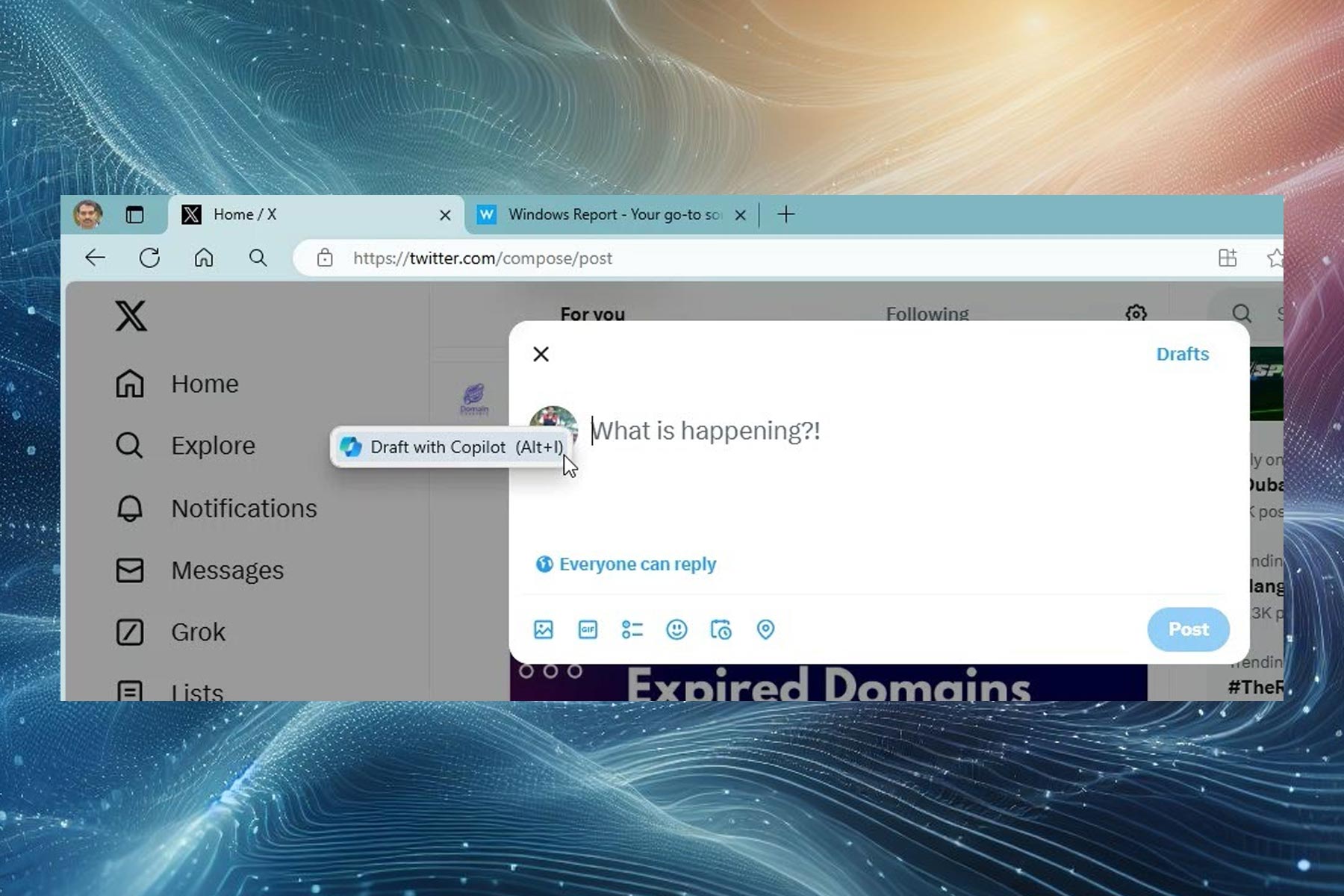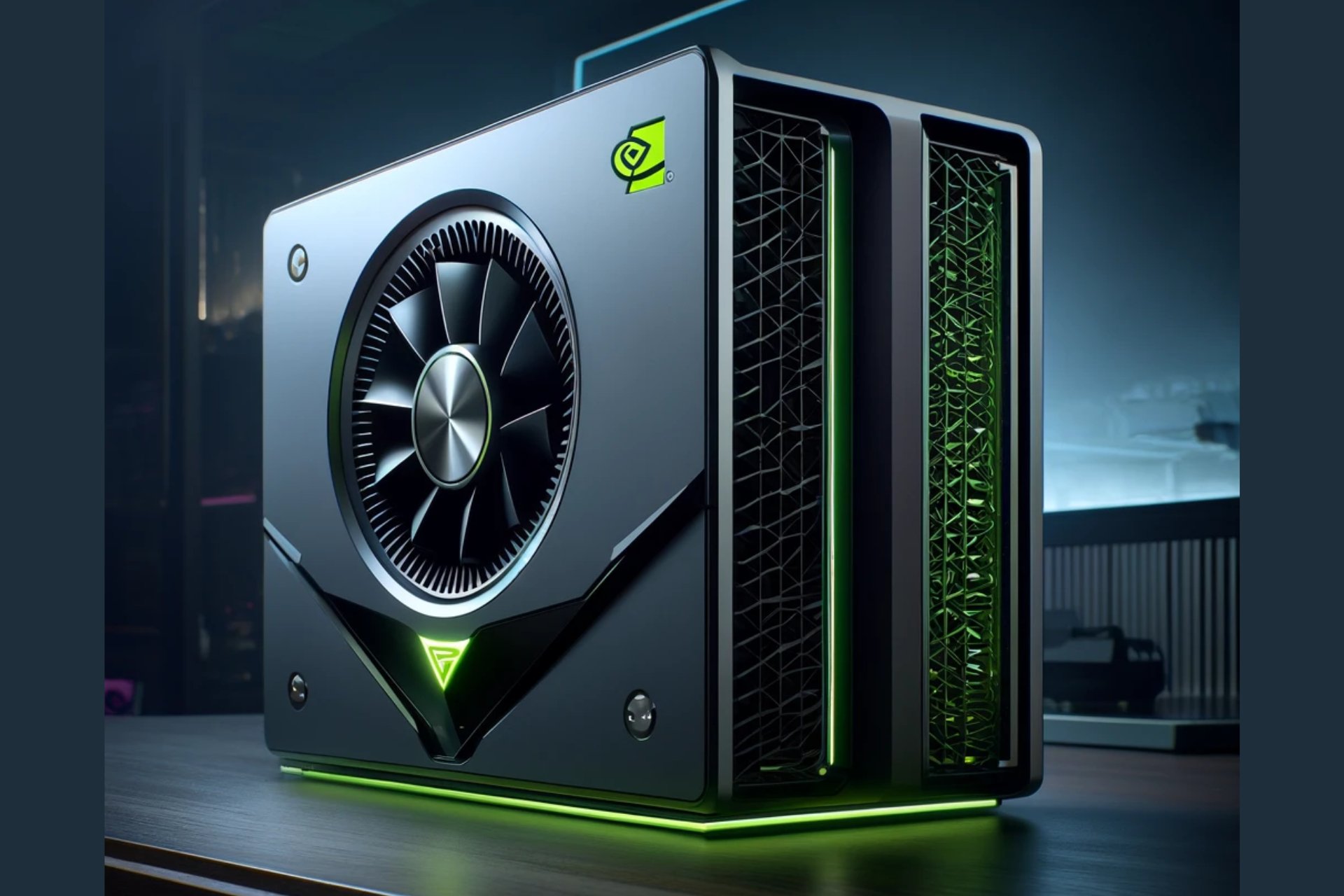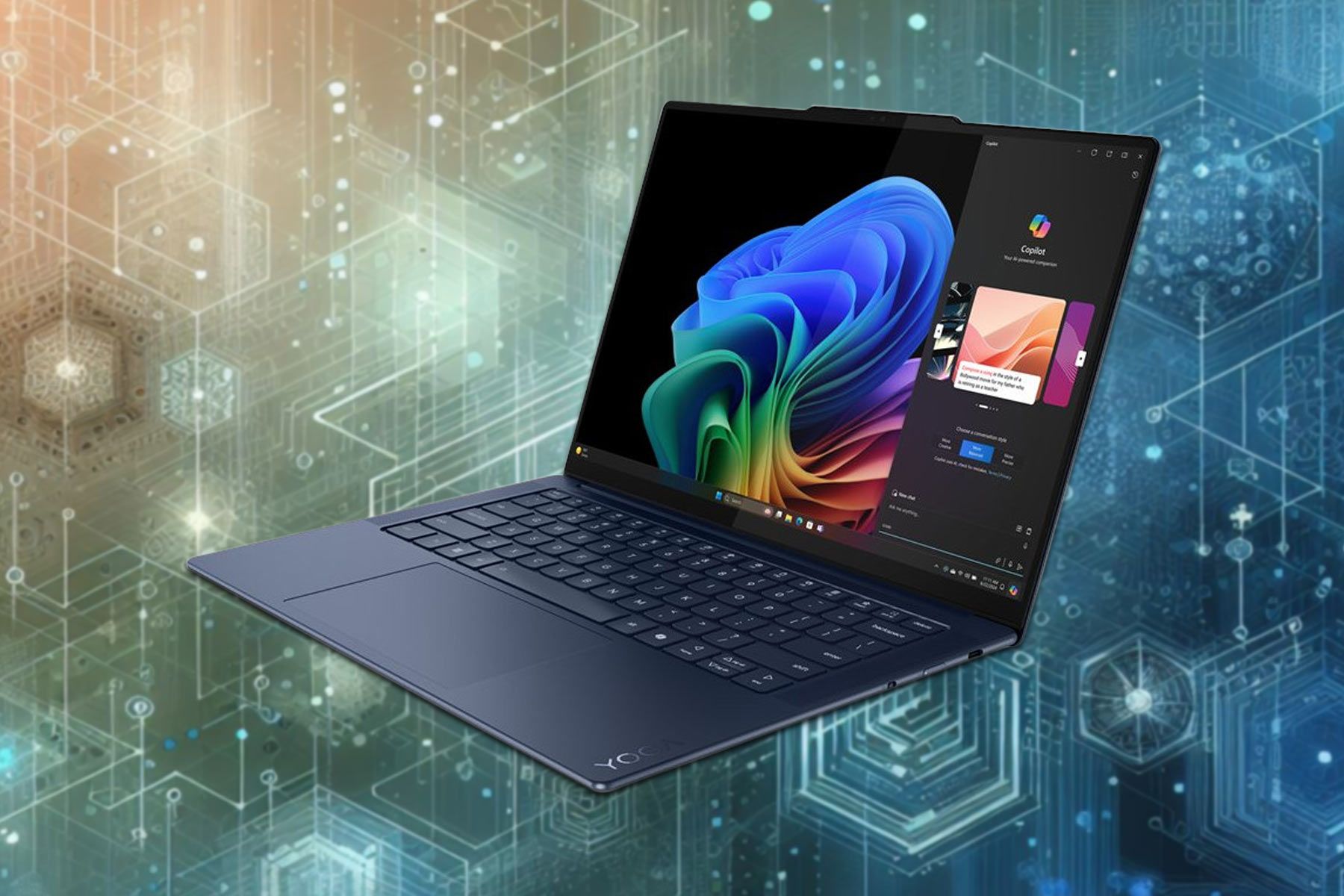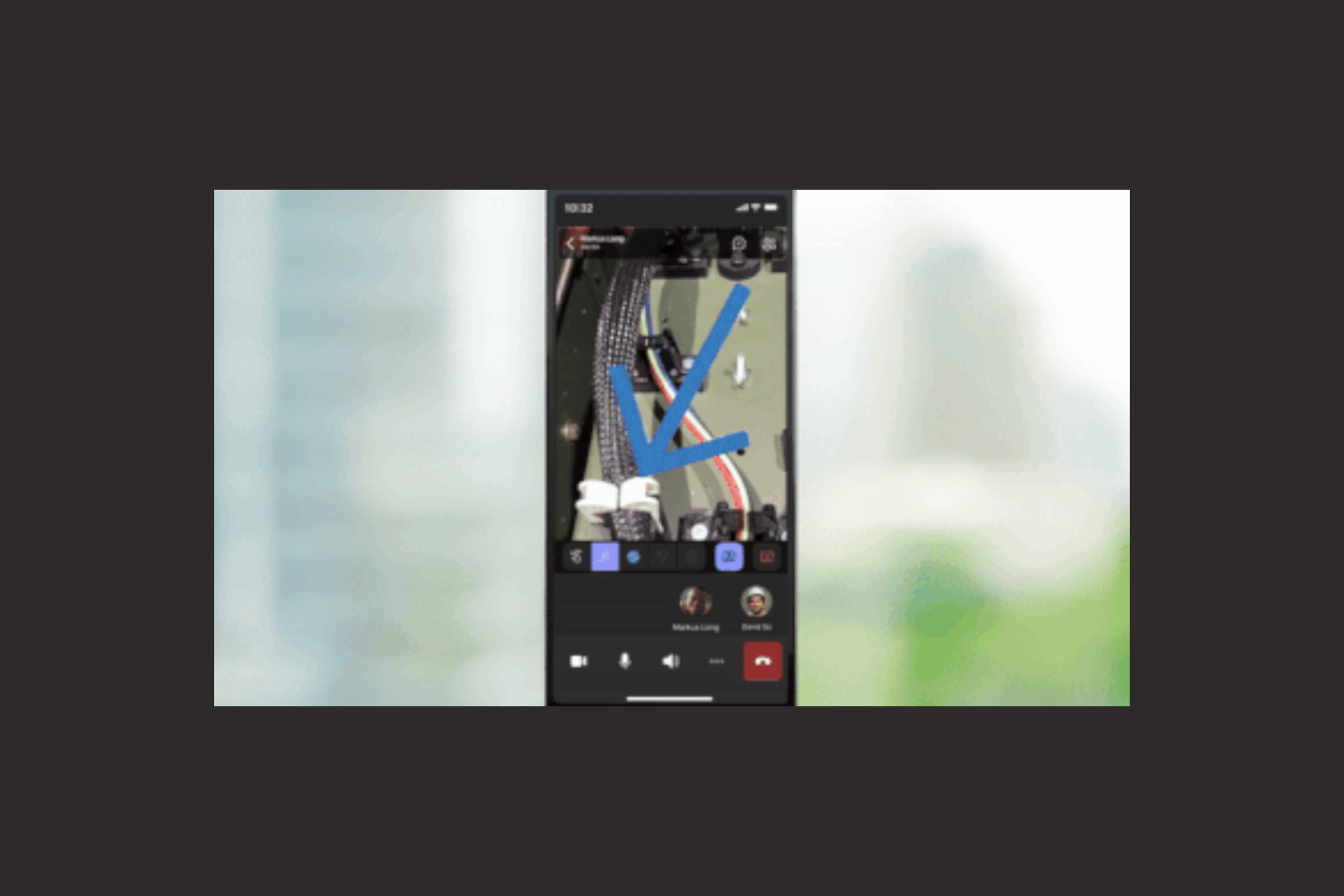Best Antivirus for Windows 8 & 8.1: 5 Top Pick for 2024
Here are the best security tools for Windows 8 and 8.1
7 min. read
Updated on
Read our disclosure page to find out how can you help Windows Report sustain the editorial team Read more
Key notes
- The best antiviruses for Windows 8 and 8.1 will cover the vulnerabilities of these older systems.
- Consider picking a security solution that offers protection against all types of viruses.
- We found some amazing tools that come with a free version as well as protection.
- If you also need tune-up features, be sure to check all software that we recommended.

Windows 8.1 will reach the end of the extended support in 2023 and customers on Windows 8 had to upgrade to 8.1 in 2016, to remain supported.
What we wanted to underline here is that the two systems are close to their end of life and you should make a move towards Windows 10 as soon as possible.
However, there are still many users that can’t do that for many reasons. If you’re one of them you also need to know that an outdated system is more vulnerable.
That is why we definitely recommend protecting it with a dedicated antivirus that will secure your system and your data at all times.
The search for the best free or paid antivirus software has been going on for years and years, and it’s pretty hard to decide on a winner.
We performed searches and tests and came up with a list of the best Windows 8 and 8.1 antiviruses that you can use right now.

Secure your devices with award-winning cybersecurity technology.

Maximize your PC's security and performance with top-notch digital threat detection.

Keep secure with groundbreaking AI detection and prevention technology.

Browse the web securely for up to 3 devices across Windows, Mac, iOS or Android systems.

Best security tool for intense browsing activity.
Do I need an antivirus for Windows 8/8.1?
Yes, all Windows versions require an antivirus program. Windows 8 and 8.1 have Windows Defender built-in, but it’s proven insufficient for complete protection.
Windows Defender offers good basic security but falls short against larger threats. When faced with a virus, a good antivirus program will not cause you any problems.
Most antivirus programs have numerous security features that add an extra layer of protection to your computer. Below are some of the best we found.
What are the best antiviruses for Windows 8 and 8.1?
ESET HOME Security Essential – Most advanced security features
Luckily, ESET HOME Security Essential has kept its support for older systems and can be used without a hitch on Windows 8 and 8.1.
In fact, this tool is one of the most advanced at the moment, providing unsurpassed protection for any kind of possible threats and you can secure all your devices with one license.
Being trusted by over 110 users worldwide, this software is adapted to the modern needs of users with advanced banking and online payment security wherever you are.
For instance, when you are connecting to an unknown network it will switch to the Strict Protection mode, making your device invisible to other computers connected to the same network.
You will also benefit from Botnet and Anti-phishing protection and it comes with a strong firewall that will also protect your PC from unauthorized access.
Let’s see what its main features are:
- Test your router for vulnerabilities
- Allows you to block storage media – CDs, DVDs, USB sticks, and disk storage devices
- Parental control features
- Botnet and Anty-phishing protection
- Automatically protects you while performing online payments and accessing web-based crypto-wallets

ESET HOME Security Essential
Protect your Windows 8 system with this full-featured professional antivirus for your PC.Bitdefender Total Security – Best virus prevention and removal
Bitdefender has annually received rewards from independent sources for its security features and it still works on Windows 8 and 8.1 so you should take it into consideration.
The Internet Security version which we recommend below also comes with two extremely important features: Bitdefender VPN and Bitdefender Safepay.
As you probably guessed, the VPN protects your privacy and identity online. It’s limited to traffic of 200 MB per day on a single device but it’s still great when you connect to public Wi-Fi.
Apart from that, this tool works against all e-threats, even from zero-day malware, worms, ransomware, spyware, and rootkits.
It can even secure your peripherals like the webcam and the microphone from any hijacking or intrusions.
Take a look at some of its top features:
- Friendly interface for all users
- Advanced firewall to block intrusions and filter your network traffic
- Behavioral detection to closely monitor active apps
- Webcam and microphone protection against eavesdropping
- Secure VPN – limited to 200 MB/day/device

Bitdefender Internet Security
Bitdefender offers complete protection for all your devices, even for your Windows 8 PC.Avast Free Antivirus – Best free antivirus with great protection
What do you expect from a completely free antivirus? Well, you will get a lot more from this one because Avast is a rich-featured antivirus even on its free version.
For instance, it has a Behavior Shield that closely monitors all your apps and detects any unusual manifestation. This is because some apps can start to produce damage long after installation.
This antivirus is also perfect for times when you work, play, or watch your favorite movie on full screen because it will block any distractions and pop-ups.
This amazing software also brings a network security scanner and offers browser protection which is a lot for a free tool.
However, you should know that this antivirus is free only for personal use. If you want to use it for business purposes, you will need to upgrade it to a paid version.
Let’s take a look at Avast’s top features below:
- Network security scanner
- Do Not Disturb mode for uninterrupted work or play
- Behavior Shield for close app monitoring
- Easy to install and operate
- Completely free

Avast Free Antivirus
Even though it’s free, Avast Free Antivirus will offer optimal protection for your system.We hope that you found the right tool and you secured your system with one of the best antivirus software for Windows 8 and 8.1.
If not, you might also be interested in our selection of the best lightweight antiviruses for older PCs and see if you have a match.
Which product did you choose? Also, if you have other preferences, tell us about them in the comments section below.
TotalAV – Best browser protection and system maintenance
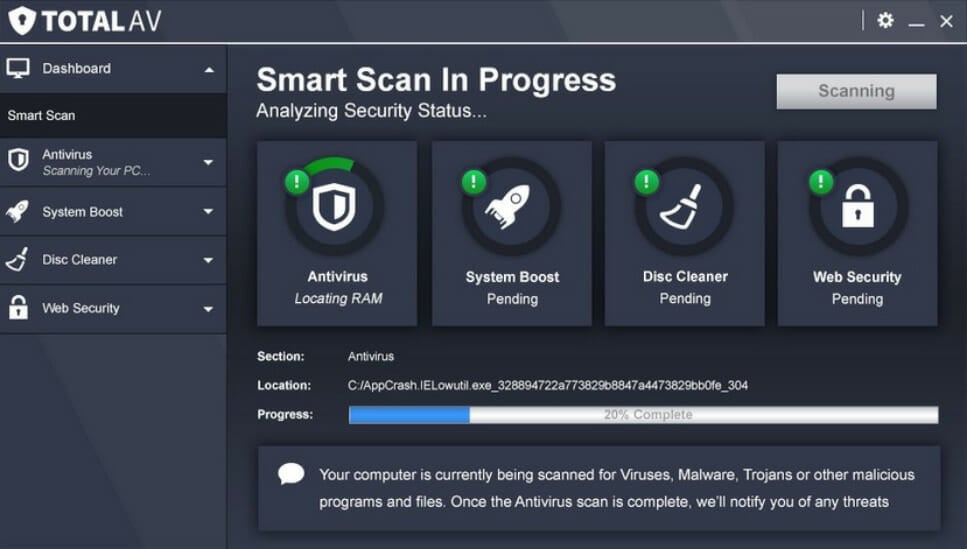
TotalAV is an antivirus that comes with a wide variety of features for PC optimization, virus removal, and browser security.
One of the main features is WebShield. It automatically blocks access to malicious websites and search results, and scans downloaded and executable files for viruses so you’re never at risk.
It offers antivirus protection with its unique full-scale VPN. The major selling point of TotalAV antivirus is a safe browsing VPN. This is where Wi-Fi protection comes into play.
When the VPN is activated your Internet connection is encrypted locally and transmitted to the VPN server where it is decrypted and moved to the site you want to access.
It also includes TotalAdblocker which blocks all unwanted ads, popups, and annoying notifications. This feature improves page loading by eliminating the need to load ads.
Other great features are:
- Impressive VPN system
- Good website filtering rates
- Password vault for enhanced security
- Disk cleanup and system boost options

TotalAV
Total AV has all the features you need to keep your computer and Wi-Fi network safe from malware.Avira Free Security – All basic needs within a free antivirus

This is another free security tool, this time from Avira. In fact, it’s a lot more than an antivirus because it comes with a lot of additional features.
For example, let’s look at the free, included VPN. It’s limited to 500 MB/week but it can still provide you with enough privacy protection when needed.
Another great addition is the PC Cleaner tool which will help you erase any tracks from any of your browsers and apps so that your data and activity can remain private.
It also comes with a software updated tool that can keep all your installed apps up to date, avoiding any errors and crashes in the process.
Avira also boosts the speed of your system and comes with a powerful firewall that will put any trespassers at bay.
Consider its best features list below:
- Free VPN (limited traffic – 500 MB/week)
- PC Cleaning feature to get rid of any unwanted activity traces
- Speed booster feature
- Completely free
- Software updater tool


